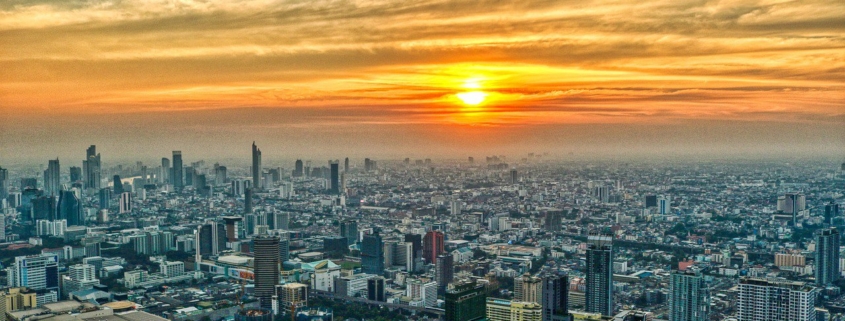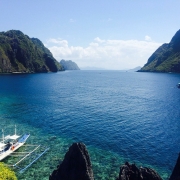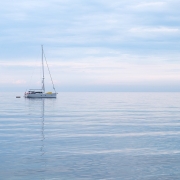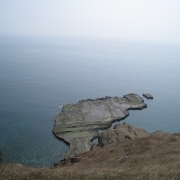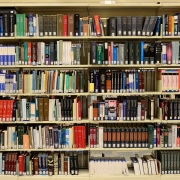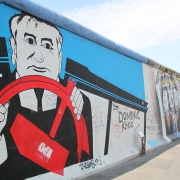Revisited: When was ASEAN formed and why?
Topic of Study [For H2 History Students]:
Paper 2: Regional Conflicts and Co-operation (SBCS)
Theme III Chapter 1: Reasons for the formation of ASEAN
Topic of Study [For H1 History Students]:
Theme II Chapter 2: The Cold War and Southeast Asia (1945-1991) (Essay):
ASEAN and the Cold War (Formation of ASEAN)
Prelude to ASEAN: An invitation to promote co-operation
In December 1966, Thailand put forth a proposal, known as the Southeast Asian Association for Regional Cooperation (SEAARC), to four other nations in the Southeast Asian (SEA) region. The SEAARC proposal states that countries in SEA “share a primary responsibility for ensuring the stability and maintaining the security of the area”. In particular, the proposal, which was drafted with Indonesia, specified the presence of “foreign bases” being temporary in nature, so as to protect the “national independence of Asian countries”.
Notably, this was an expected move by Thailand, given its disappointment expressed at the USA in view of the communist insurgency in Thailand that remained unaddressed even though it was part of the Southeast Asian Treaty Organisation (SEATO). Along the same vein, Indonesia was a strong advocate of keeping the Great Powers out of the region, given its involvement in the Non-Alignment Movement (NAM) ever since it hosted the Bandung Conference in April 1955.
Yet, the other countries opposed the proposal, citing the need to rely on foreign powers to protect their individual security interests.
Indonesia, despite undergoing a dramatic reorientation in foreign policy under Suharto, saw foreign powers targeting the region and maintained that its national security was best served by following a policy of self-reliance and nonalignment. It believed that the Southeast Asian states should follow its lead.
[…] The Filipinos felt that their security was best served by maintaining their strong bilateral defense ties with the United States, which kept major military bases there. Likewise, Singapore remained dependent on protection from Britain and was home to the largest British base in the region.
An excerpt taken from “Explaining ASEAN: Regionalism in Southeast Asia” by Shaun Narine.
Eventually, a compromised was reached, such that the Bangkok Declaration (that officiated the formation of ASEAN) states that “all foreign bases are temporary and remain only with the expressed concurrence of the countries concerned”. There was no mention of collective defense arrangements that served the interests of Great Powers in the Declaration. The late international relations scholar Michael Leifer commented that this compromise was merely an effort by other nations to “placate Indonesia”.
A platform for reconciliation and cooperation
On a separate note, ASEAN was also formed because of the common desire of neighbouring countries in the region to forge stronger diplomatic ties with one another. As a result of Sukarno‘s hyper-nationalist policies towards Singapore and Malaysia during the Konfrontasi, General Suharto of Indonesia sought to make amends and promote regional cooperation through the newly-formed organisation.
From 1962 to 1966, disagreements and conflicts between the region’s states had hamstrung any efforts at cooperation. These disputes largely centred upon the proposed amalgamation of Malaya, Singapore, Sarawak, and Sabah into the Federation of Malaysia. Both the Philippines and Indonesia refused to recognize the new Federation. The Philippines disputed the territorial claim of Sabah. Indonesia denounced the influence of Britain, which it viewed as ‘an imperial power imposing its will on Southeast Asia’.
As a result, Indonesia embarked on a violent four-year campaign of Konfrontasi, or confrontation, with the newly federated state of Malaysia, growing to include Singapore following its forced separation from the federation in 1965.
An excerpt taken from “ASEAN Resistance to Sovereignty Violation: Interests, Balancing and the Role of the Vanguard State” by Laura Southgate.
The negotiation: Thailand and Singapore on the creation of ASEAN
At first, Singapore was not keen to join ASEAN, citing the growing ambitions of Indonesia. Given Singapore’s position with the Malaysian Federation during the Konfrontasi, the first multi-lateral discussions about the establishment of this regional organisation did not even mention the city-state.
Thailand was instrumental in including Singapore in ASEAN. […] Thanat Khoman (1914-2016), Thailand’s foreign minister, then met with Rajaratnam in Bangkok and allayed fears, explaining that ASEAN would be a purely cultural, economic, social, and technical group devoted to regional cooperation. Khoman promised that ASEAN, as a non-aligned association, would not support or partake in military operations of any kind. Khoman convinced Rajaratnam that Singapore would not be implicated in Cold War politics after joining ASEAN.
An excerpt taken from “Southeast Asia in China: Historical Entanglements and Contemporary Engagements” by Ying-kit Chan and Chang-Yau Hoon.
On 8 August 1967, the Association of Southeast Asian Nations (ASEAN) was formed in Bangkok, Thailand. ASEAN was established with the signing of the ASEAN Declaration (more commonly known as the ‘Bangkok Declaration’) by five founding member nations: Thailand, Indonesia, Malaysia, Singapore and the Philippines.
What can we learn from this article?
Consider the following question:
– How far do you agree with the view that ASEAN was largely a product of the Cold War?
Join our JC History Tuition to learn more about ASEAN. The H2 and H1 History Tuition feature online discussion and writing practices to enhance your knowledge application skills. Get useful study notes and clarify your doubts on the subject with the tutor. You can also follow our Telegram Channel to get useful updates.
We have other JC tuition classes, such as JC Math Tuition and JC Chemistry Tuition. For Secondary Tuition, we provide Secondary English Tuition, Secondary Math tuition, Secondary Chemistry Tuition, Social Studies Tuition, Geography, History Tuition and Secondary Economics Tuition. For Primary Tuition, we have Primary English, Math and Science Tuition. Call 9658 5789 to find out more.

